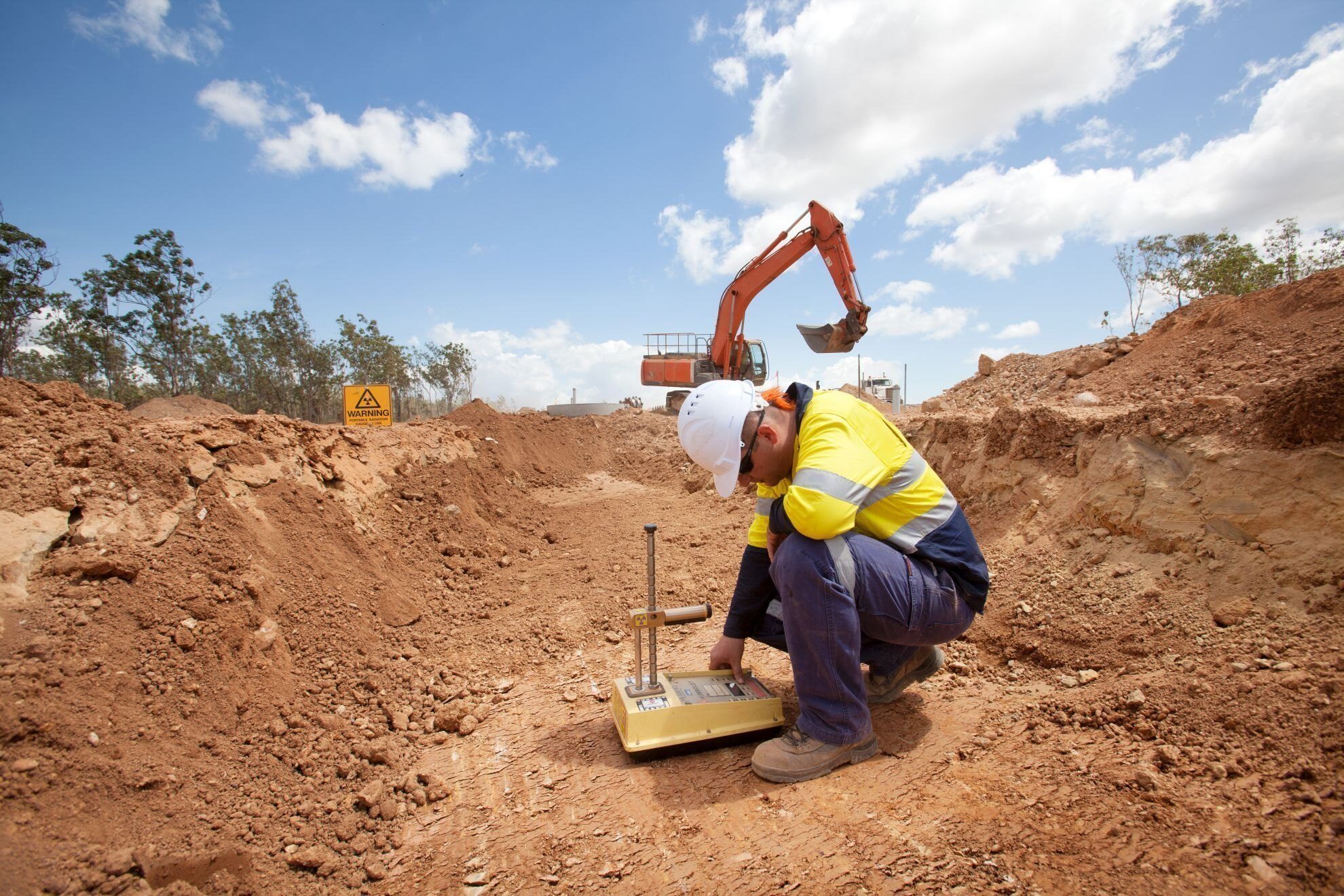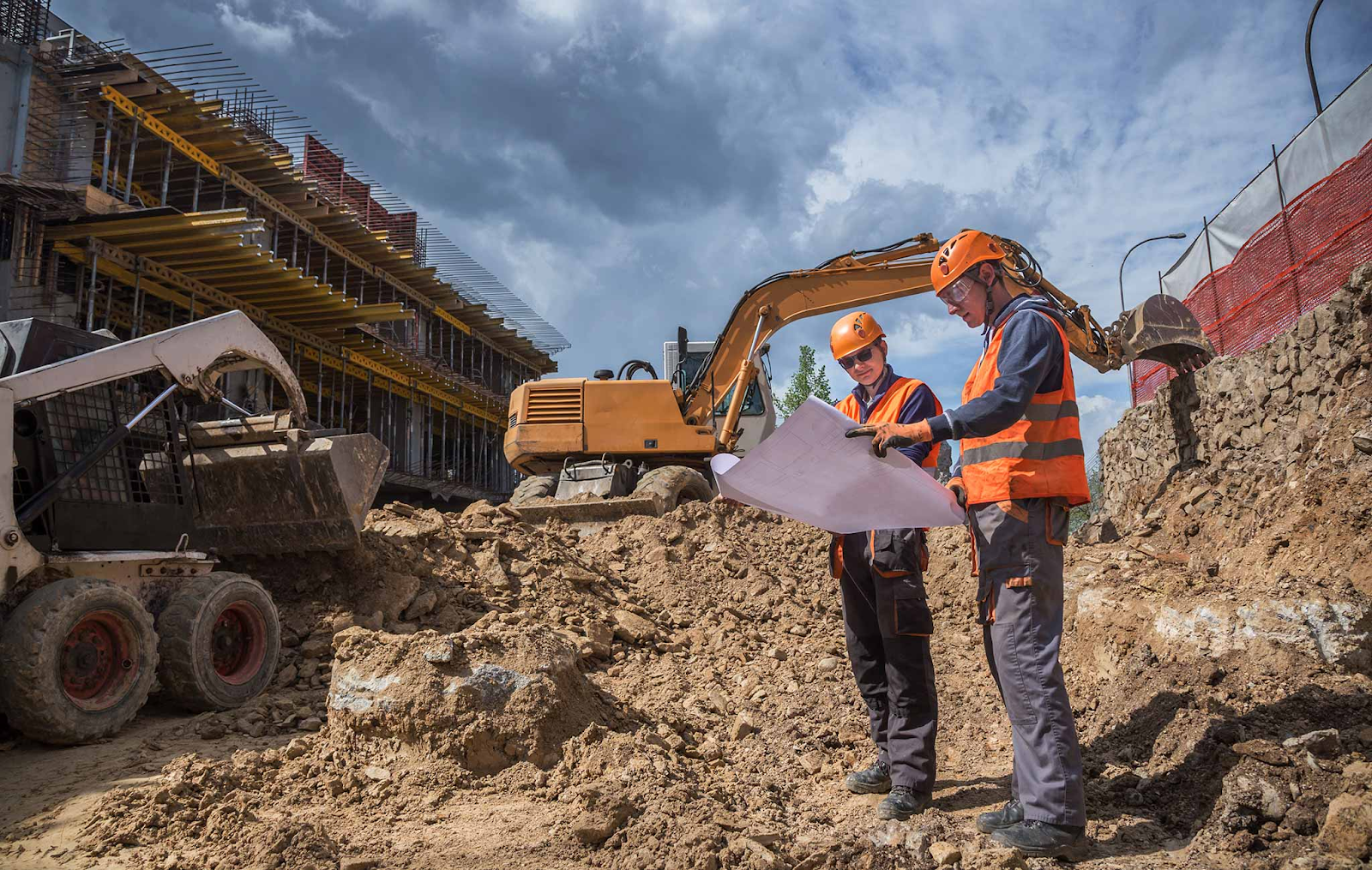Some Known Facts About Geotechnical Engineering For Construction Projects.
The Single Strategy To Use For Geotechnical Engineering For Construction Projects
Table of ContentsThe Facts About Geotechnical Engineering For Construction Projects RevealedThe Basic Principles Of Geotechnical Engineering For Construction Projects Some Known Facts About Geotechnical Engineering For Construction Projects.Geotechnical Engineering For Construction Projects for BeginnersThe Geotechnical Engineering For Construction Projects PDFs9 Simple Techniques For Geotechnical Engineering For Construction Projects
These functions should be examined by geotechnical engineers to anticipate their movements under different conditions., making this evaluation necessary., in addition to just how they interact with building and constructions that have actually been erected on or within them, is one of the main descriptions for why geotechnical design is crucial.
Environmental protection is accomplished with geotechnical design. Knowledge in air, water, and dirt quality upkeep is placed to utilize by geotechnical designers to minimize the adverse effects of jobs.
Framework advancement, offshore design, passage building, and deep structures. Risk-based style and multidisciplinary groups. These parts will keep the area evolving and guarantee its continued significance in the years ahead. To summarize, geotechnical engineering is a vital technique that maintains the strength and stability of civil facilities. Geotechnical engineers contribute to making structure jobs efficient all over the world by understanding the practices of planet materials and applying suitable planning strategies.
The Main Principles Of Geotechnical Engineering For Construction Projects
By examining soil, rock, and subsurface conditions, geotechnical engineers supply important insights that help in the design, construction, and maintenance of buildings and infrastructure.

The Geotechnical Engineering For Construction Projects Statements
Research laboratory screening: Determining the properties of dirt and rock. Area screening: Carrying out tests on-site to evaluate conditions. Analysis and design: Making use of information to make structures, maintaining wall surfaces, passages, and various other structures. A number of high-profile construction projects have efficiently made use of geotechnical engineering to guarantee their security and safety and security. :: The globe's tallest structure required a deep understanding of the underlying geology.

As a leader in geotechnical design, BECC Inc. is dedicated to providing innovative and efficient options that meet the highest requirements of high quality and safety. For even more info on just how BECC Inc. can support your following construction task, call us today and allow us aid you build on solid ground.
William Rankine, an engineer and physicist, created a different to Coulomb's planet stress concept. Albert Atterberg created the clay consistency indices that are still utilized today for soil category. In 1885, Osborne Reynolds identified that shearing causes volumetric expansion of thick materials and contraction of loose granular products. Modern geotechnical design is claimed to have actually started in 1925 with the publication of Erdbaumechanik by Karl von Terzaghi, a mechanical engineer browse around this web-site and rock hound.
The 8-Minute Rule for Geotechnical Engineering For Construction Projects
Terzaghi also developed the structure for theories of birthing capacity of structures, and the concept for prediction of the price of negotiation of clay layers because of combination. Later on, Maurice Biot fully created the three-dimensional dirt consolidation theory, extending the one-dimensional model previously developed by Terzaghi to more general theories and presenting the collection of fundamental equations of Poroelasticity.
Geotechnical engineers check out and establish the properties of subsurface problems and products. They also develop matching earthworks and preserving structures, passages, and structure foundations, and might monitor and examine websites, which might additionally include website tracking in addition to the risk analysis and reduction of natural hazards - Geotechnical Engineering for Construction Projects. Geotechnical designers and design geologists perform geotechnical examinations to obtain info on the physical residential or commercial properties of dirt and rock hidden and beside a website to create earthworks and foundations for suggested structures and for the repair work of distress to earthworks and structures triggered by subsurface conditions.
Not known Details About Geotechnical Engineering For Construction Projects
Geologic mapping and analysis of geomorphology are normally completed in assessment with a rock hound or design geologist. Subsurface expedition normally includes in-situ testing (for instance, the common penetration examination and cone infiltration examination). The excavating of examination pits and trenching (specifically for situating mistakes and slide airplanes) might additionally be made use of to learn about soil problems at depth. Still, they are sometimes utilized to permit a rock hound or designer to be lowered right into the borehole for straight visual and hands-on exam of the dirt and rock stratigraphy. Different soil samplers exist to fulfill the demands of various design tasks. The basic infiltration examination, which utilizes a thick-walled split spoon sampler, is the most common method to gather disturbed samples.

Typically, the user interface's specific geometry is unknown, and a streamlined user interface geometry is presumed. Finite inclines need three-dimensional designs to be assessed, so most inclines are examined presuming that they are definitely wide and can be represented by two-dimensional models.
The Best Guide To Geotechnical Engineering For Construction Projects
Creating the style based on a working hypothesis of behavior expected under the most potential problems. Selection of amounts to be observed as construction proceeds and computing their expected worths based on the working hypothesis under the most undesirable problems.
Measurement of amounts and examination of actual problems. i was reading this Layout adjustment per real problems The observational technique appropriates for building that has already started when an unforeseen development takes place or when a failing or mishap looms or has already taken place. It is inappropriate for projects whose layout can not be changed during building and construction.